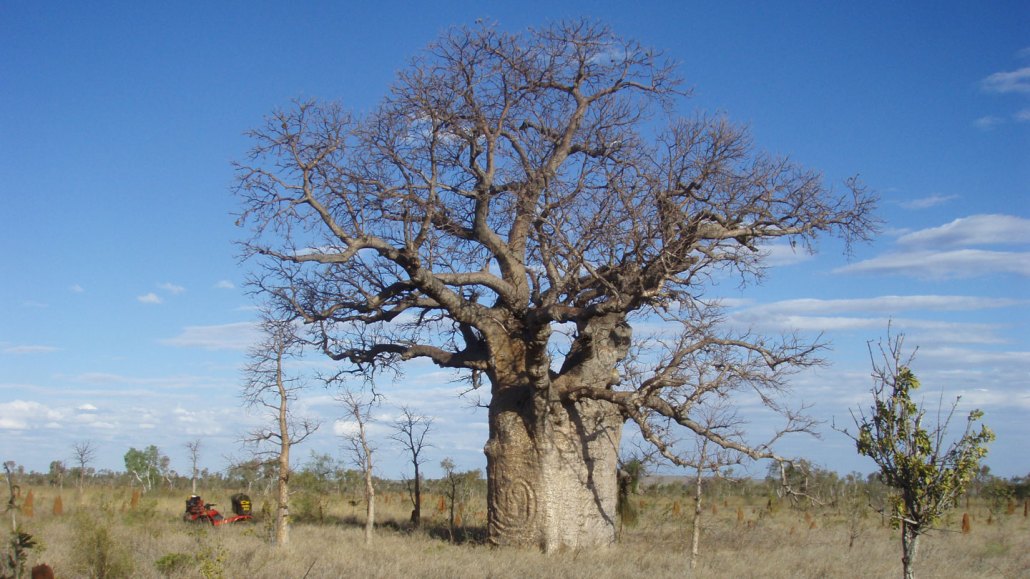Questions for ‘Carvings on Australia’s boab trees reveal a people’s lost history’

This boab is engraved with the image of a snake. It’s one of 12 carved trees rediscovered during a 2021 expedition into Australia’s Tanami Desert. The carvings have cultural ties to the Jaru, an Aboriginal group from the Kimberley region in northwestern Australia.
D. Lewis